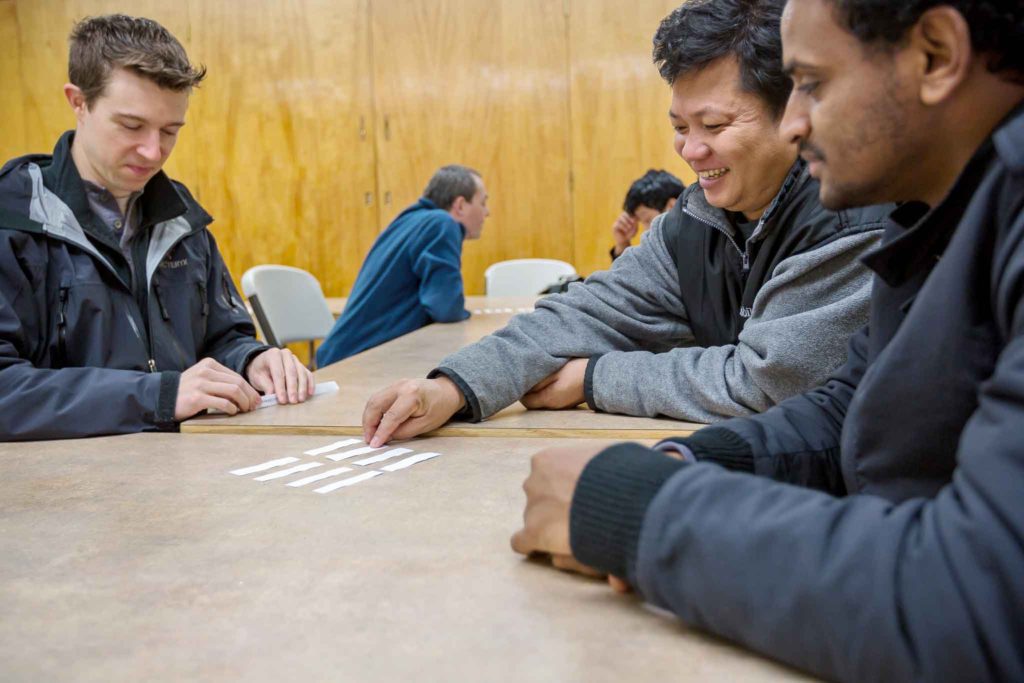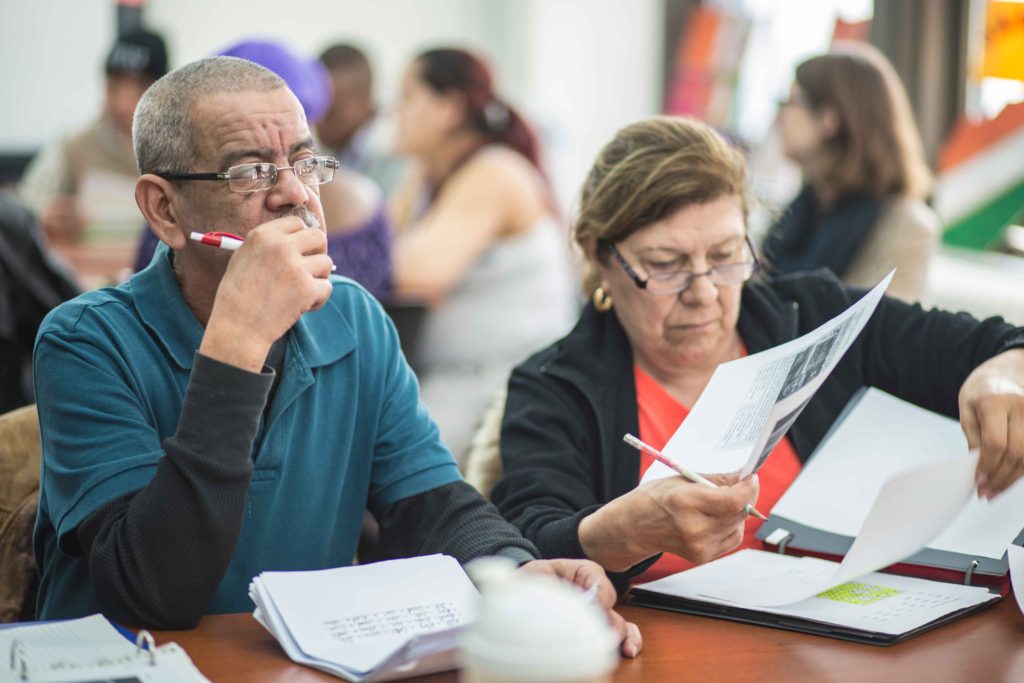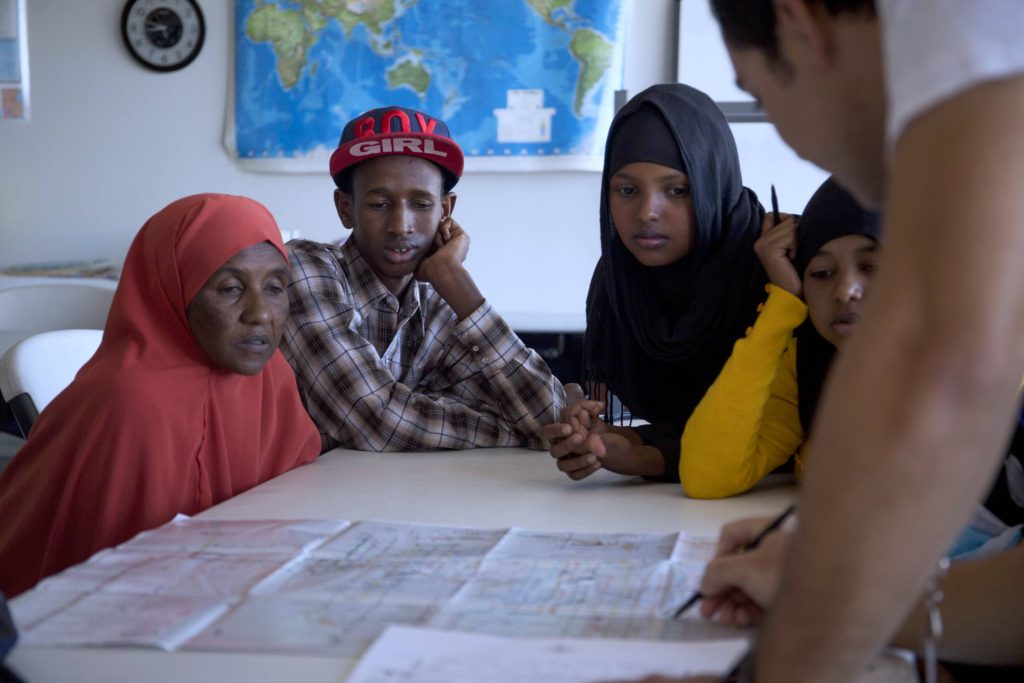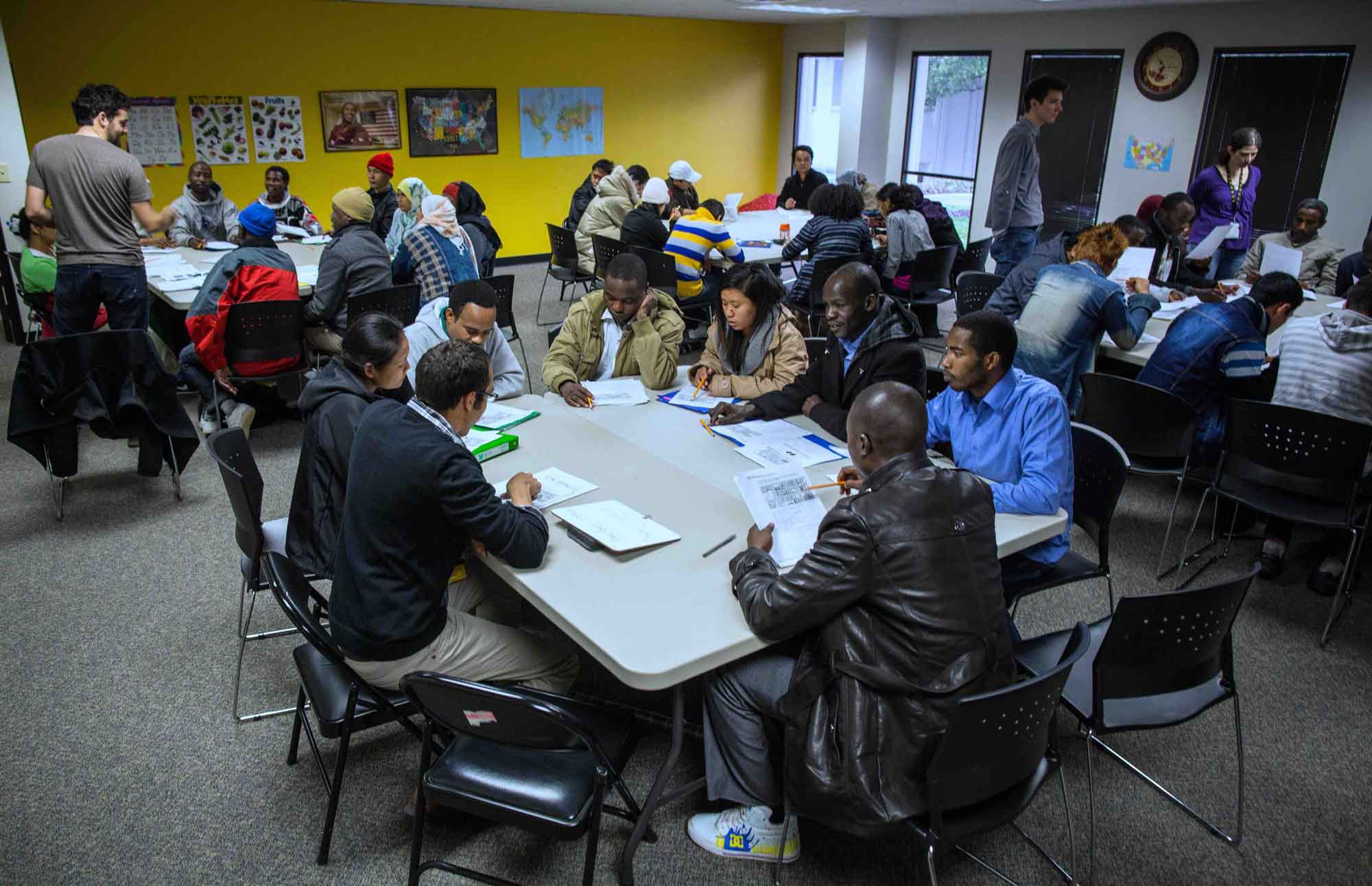The following assessment allows participants to use photos to respond to questions. This type of assessment can be more time-consuming to design, complete, grade, and input data. Because of the resources, this assessment may be best in a one-on-one setting, although it could also be adapted and used as an informal assessment with pair or group work. […]
Read More… from Sample Formal Assessment 4 – Visually-Based Questions






